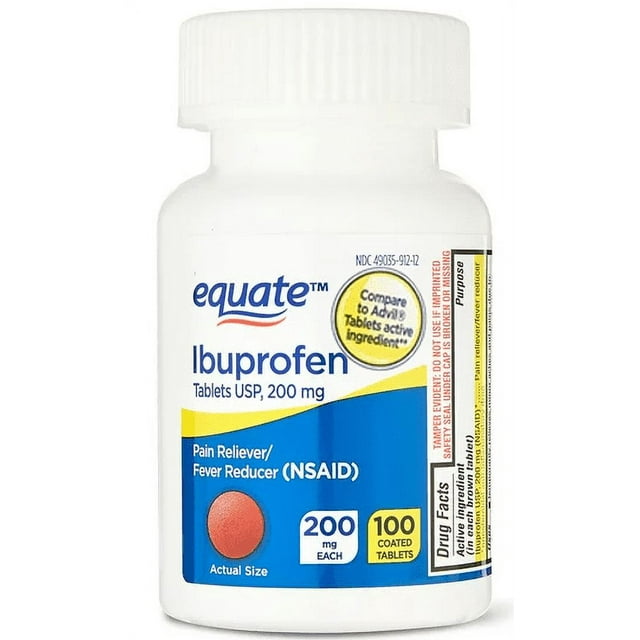Tennis Elbow (Epicondylitis): Symptoms, Causes & Treatment
What are the symptoms of tennis elbow?
Tennis elbow, also known as lateral epicondylitis, is a condition characterized by pain and tenderness on the outer part of the elbow and forearm. The symptoms of tennis elbow may include:
- Pain: Pain on the outer part of the elbow that may radiate down the forearm. The pain is often worsened by gripping or lifting objects.
- Tenderness: The outer part of the elbow may be tender to the touch.
- Weak Grip: Weakness in the forearm muscles, making it difficult to grip or lift objects.
- Stiffness: Stiffness in the elbow joint, especially after periods of rest or in the morning.
- Painful Movements: Pain with certain movements of the wrist or forearm, such as turning a doorknob or shaking hands.
- Worsening Pain: Pain that worsens with activities that involve gripping, lifting, or repetitive wrist movements, such as playing tennis or using a screwdriver.
- Swelling: Some individuals may experience swelling on the outer part of the elbow.
It’s important to note that the symptoms of tennis elbow can vary in severity and may come and go over time. If you experience persistent elbow pain or have difficulty performing daily activities due to elbow pain, it’s important to see a healthcare provider for an evaluation. Treatment for tennis elbow may include rest, physical therapy, medications, or in some cases, surgery.
What are the causes of tennis elbow?
Tennis elbow, or lateral epicondylitis, is caused by repetitive stress or overuse of the forearm muscles and tendons that attach to the outer part of the elbow. Despite its name, tennis elbow is not limited to tennis players and can occur in anyone who performs repetitive motions involving the wrist and forearm. Some common causes and risk factors for tennis elbow include:
- Repetitive Movements: Activities that involve repetitive wrist and forearm movements, such as tennis, painting, typing, and using hand tools, can strain the muscles and tendons of the forearm, leading to tennis elbow.
- Improper Technique: Poor technique or form in sports or activities that involve repetitive arm motions can increase the risk of developing tennis elbow.
- Overuse: Overuse of the forearm muscles and tendons without adequate rest or recovery can lead to inflammation and damage to the tendons, resulting in tennis elbow.
- Age: Tennis elbow is more common in adults between the ages of 30 and 50, although it can occur at any age.
- Occupational Factors: Certain occupations that require repetitive wrist and forearm movements, such as plumbers, painters, carpenters, and cooks, have a higher risk of developing tennis elbow.
- Sports Participation: Participation in sports that involve repetitive arm motions, such as tennis, golf, and baseball, can increase the risk of tennis elbow.
- Previous Injury: A history of previous elbow or forearm injury can increase the risk of developing tennis elbow.
- Poor Muscle Strength: Weak forearm muscles or muscle imbalances can increase the risk of developing tennis elbow.
It’s important to note that while these factors can increase the risk of developing tennis elbow, they do not guarantee that an individual will develop the condition. Taking breaks during repetitive activities, using proper technique, and maintaining good forearm muscle strength and flexibility can help reduce the risk of tennis elbow.
What is the treatment for tennis elbow?
The treatment for tennis elbow, or lateral epicondylitis, typically involves a combination of rest, pain relief, physical therapy, and lifestyle modifications. In some cases, more invasive treatments such as corticosteroid injections or surgery may be recommended. Here are some common treatments for tennis elbow:
- Rest: Resting the affected arm and avoiding activities that aggravate the condition can help reduce pain and allow the tendons to heal.
- Ice Therapy: Applying ice to the affected area for 15-20 minutes several times a day can help reduce pain and inflammation.
- Pain Relief: Over-the-counter pain medications, such as ibuprofen or acetaminophen, can help relieve pain and reduce inflammation.
- Physical Therapy: Physical therapy exercises and stretches can help improve strength, flexibility, and function of the forearm muscles and tendons.
- Bracing or Splinting: Wearing a brace or splint on the forearm can help reduce strain on the tendons and promote healing.
- Corticosteroid Injections: In some cases, corticosteroid injections may be recommended to reduce inflammation and pain. However, these injections are typically reserved for severe cases and are not recommended for long-term use.
- Extracorporeal Shockwave Therapy (ESWT): ESWT is a non-invasive treatment that uses shockwaves to stimulate healing in the affected tendons.
- Surgery: In severe cases that do not respond to other treatments, surgery may be recommended to remove damaged tissue or repair the tendons. Surgery is usually considered a last resort and is only recommended when conservative treatments have failed.
It’s important to consult with a healthcare provider for an accurate diagnosis and appropriate treatment plan for tennis elbow. With proper treatment and rehabilitation, most people with tennis elbow can recover fully and return to their normal activities.




